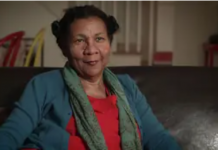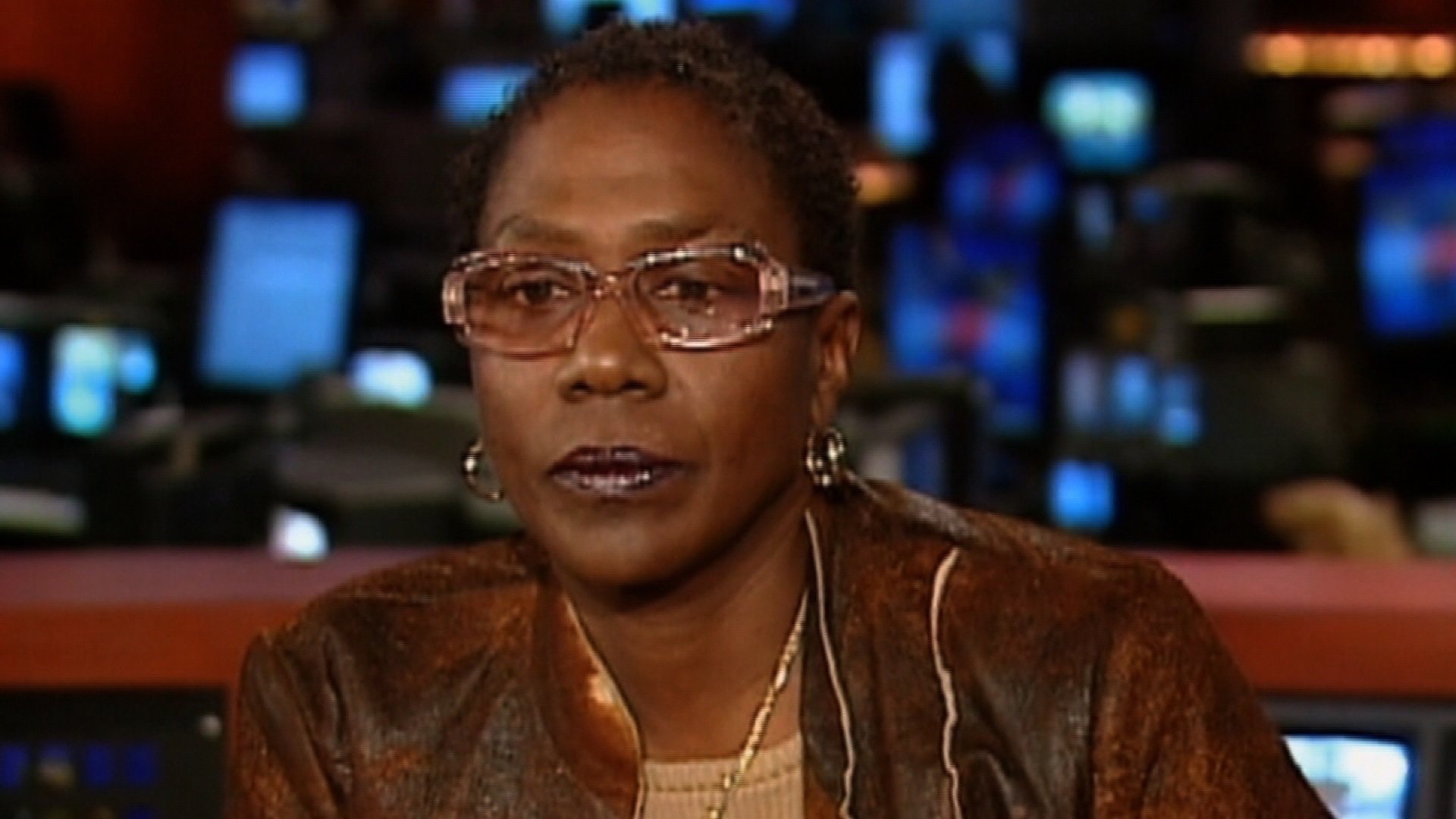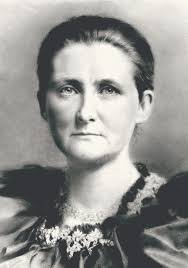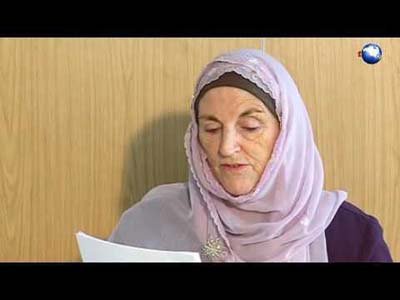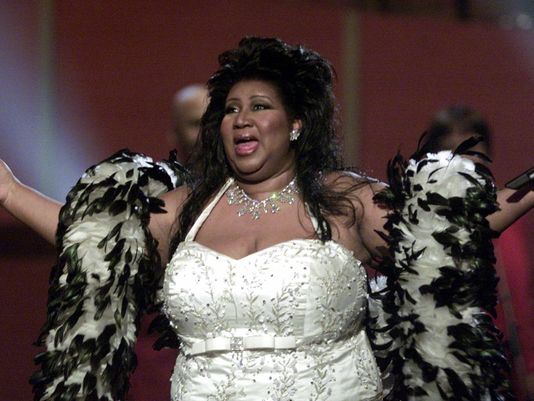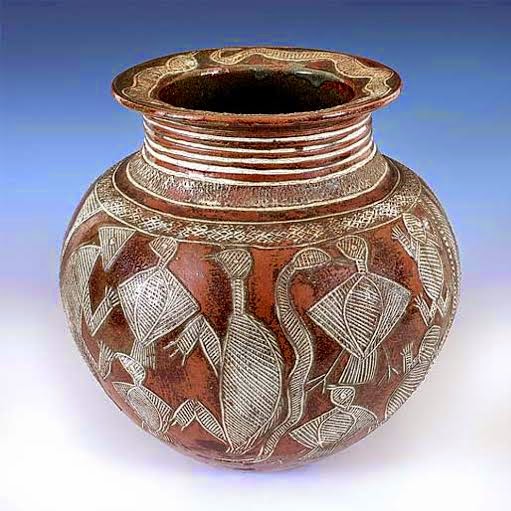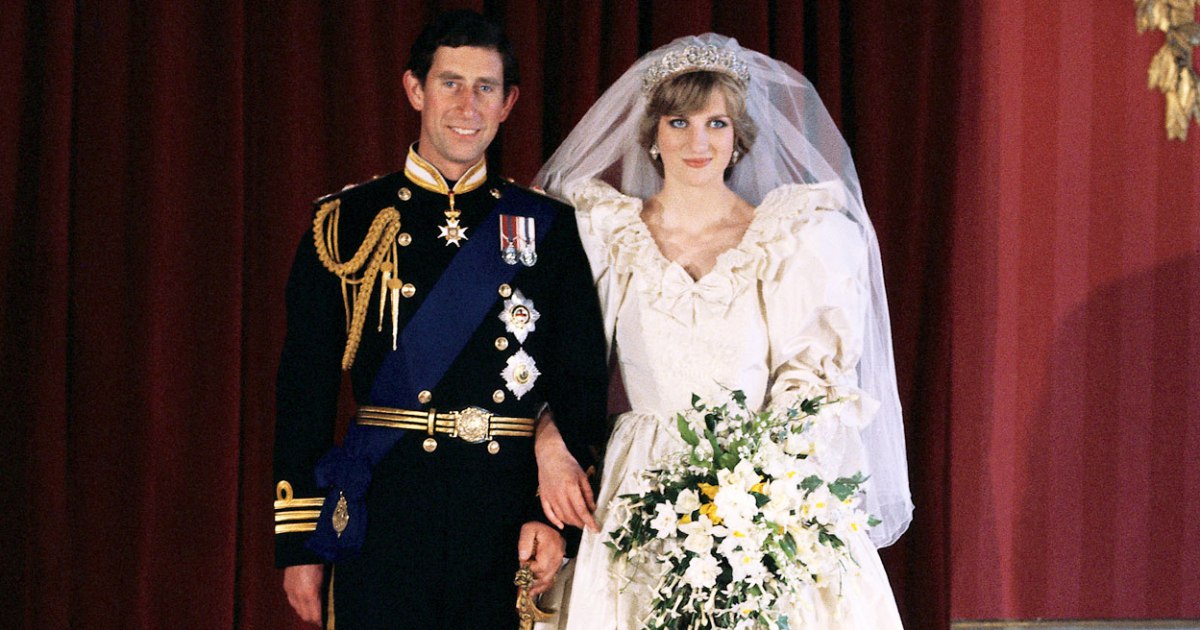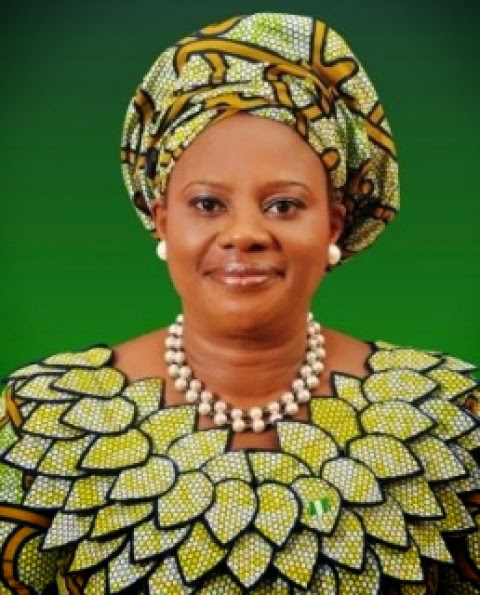Ceclia Helena Payne was the first of three children born on the 10th of May, 1900 in Wendover, England, to Emma Leonora Helena, a skilled artist, who came from an academically accomplished German family and Edward John Payne, a London barrister, historian and consummate musician. Her maternal uncles were, historian Georg Heinrich Pertz and the Swedenborgian writer James John Garth Wilkinson.
As she was born into a renowned and prominent family, it was only natural she would gravitate towards greatness. When she was four years old, her father died leaving the sole responsibility of their upbringing on their mother. She began attending a small girls’ school just across the street from her home in Wendover where she learned to read and became a voracious reader at the age of 6 where they were frequently taught and given exercises in mental arithmetic and they had to memorize lengthy poems which she said helped her later scientific work because it developed her memory to a very high level.
At eight, Cecilia decided to become a scientist when she recognized a plant in an orchard she had known only from her mother’s illustration of it – the bee orchid.
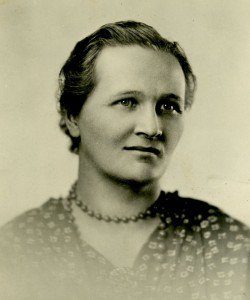
By the time she left the small school, Cecilia Payne had learned basic Latin and could speak French and German. She had studied geometry, could do algebra up to the level of quadratic equations, and had been taught how to use a chemical balance; and at home she became a skilled pianist.
When she was 12, her family moved to London where she attended St. Mary’s College. To her, it was more subservient compared to her previous school. She thought there were too many church services, leaving less time for other subjects: there was no science for a year; German was not taught; and her favorite subject, mathematics was a whole year behind. To the school, there was a squabble between science and religion and chose religion.
She made up time by working with the only two scientific books in her home: a botany text in French and German, which she translated into English; and Isaac Newton’s masterpiece: Principia. Later she found Swedenborg’s Chemistry, Physics, Philosophy and Thomas Huxley’s Collected Essays.
At 13, she burst into tears when the doctor told her nothing could be done about her growing facial hair. He told her, “At least you’ve got brains. Make something of them.” She became even more determined to become a scientist.
She studied calculus and coordinate geometry on her own; and just before her seventeenth birthday her school told her it could do no more for her and asked her to leave.
In September 1919, she began studying for a botany degree at Cambridge’s Newnham College after she won a scholarship. She decided to major in physics after attending a lecture by Arthur Eddington on his 1919 expedition to the island of Principe in the Gulf of Guinea off the west coast of Africa to test Einstein’s general theory of relativity. She also started attending astronomy lectures. She read a lot of astronomy books and after making some astronomical observations she approached Eddington, who was impressed and gave her research work to carry out on an informal basis. This led to her writing a paper on the proper motion of stars, published by the Royal Astronomical Society. She learned never to be ashamed of admitting to not understanding something during her research. She completed her studies, graduated with a second class but was not awarded a degree because of her sex; Cambridge did not grant degrees to women until 1948.

Wanting more than being a teacher, Payne looked for grants that would allow her move to America. In 1923 she received a fellowship to study at the Harvard College Observatory in Cambridge after meeting with Harlow Shapley in London, where he had made a great impression on her with his lecture on ‘The Universe.’
He was Harvard Observatory’s new director and had just begun a graduate program in astronomy. He became her doctoral supervisor and her study was made possible by a fellowship to encourage women to study at the observatory. The first student on the fellowship was Adelaide Ames (1922) and she was second.
Shapley convinced Payne to write a doctoral thesis, becoming the first person to receive a Ph.D in astronomy from Radcliffe College (now part of Harvard) in 1925. Her thesis was titled; “Stellar Atmospheres, A Contribution to the Observational Study of High Temperature in the Reversing Layers of Stars”.
Payne used the spectral lines of many different elements and the work of Indian astrophysicist Meghnad Saha, on ionization to accurately establish the spectral classes of stars to their corresponding temperatures. Payne also asserted that stars are composed mostly of hydrogen and helium. Thus, her thesis established that hydrogen was the most abundant constituent of the stars and was the most abundant element in the Universe. She was discouraged from this conclusion by astronomer Henry Norris Russell, who thought that stars and the Earth would have the same configuration and would contradict the belief at the time. He agreed in 1929 that Payne was right.
Her work was famously described by astronomer Otto Struve and Velta Zebergs as “the most brilliant PhD thesis ever written in astronomy.” By calculating the abundance of chemical elements from stellar spectra, her work began a revolution in astrophysics.
Having completed her doctorate, she decided to stay on at Harvard. At the time, advancement to professor was denied to women at Harvard, so she spent years in lesser, low-paid duties and was only serving as a technical assistant to Shapley despite her immense contribution to the field of astronomy. At one point she considered leaving Harvard because of her low status and poor salary. However, Shapley made efforts to improve her position, and in 1938 she was given the title of “Astronomer”. She later asked to have this title changed to Phillips Astronomer. Payne continued studying stars of high luminosity and variable stars trying to know and understand the structure of the milky way: she and her assistants made over three million observations.
She wrote about this work in her 1930 book Stars of High Luminosity and her 1954 book Variable Stars and Galactic Structure.
In 1931, Payne became an American citizen. While On a tour through Europe and visiting the observatory in Leningrad in 1933, she met Russian-born astrophysicist Sergei I. Gaposchkin in Germany. She helped him get a visa to the United States, got married in March 1934, settled down in the historic town of Lexington, Massachusetts and had three children together, Edward, Katherine, and Peter. Her daughter remembers her as “an inspired seamstress, an inventive knitter, and a voracious reader.” She and her family were members of the First Unitarian Church where she was a Sunday school teacher.
In 1943, she was elected a Fellow of the American Academy of Arts and Sciences. None of the courses she taught at Harvard were recorded in the catalogue until 1945.
Finally, in 1956, Payne achieved two Harvard firsts: she became the first female professor, and the first woman to become department chair.
The trail she blazed into the largely male-dominated scientific community was an inspiration to many. For example, she became a role model for noted astrophysicist Joan Feynman. Feynman’s mother and grandmother had dissuaded her from pursuing science, since they believed women were not physically capable of understanding scientific concepts. But Feynman was later inspired by Payne when she came across some of her work in an astronomy textbook. Seeing Payne’s research published in this way convinced Feynman that she could, in fact, follow her scientific passions.
She had notable awards among which include Emeritus Professor of Harvard University in 1967, Henry Norris Russell Lectureship of the American Astronomical Society in 1976, Honorary Degrees from Rutgers University, Smith College, Colby College, Wilson College, Western College and the Women’s Medical College of Pennsylvania. An asteroid, Asteroid 2039 Payne-Gaposchkin was named after her as well as one of the ASAS-SN telescopes deployed in South Africa.
Her obituary read,
“Cecilia Helena Payne-Gaposchkin, a pioneering astrophysicist and probably the most eminent woman astronomer of all time, died in Cambridge, Massachusetts, on December 7, 1979. In the 1920s she derived the cosmic abundance of the elements from stellar spectra and demonstrated for the first time the chemical homogeneity of the universe”



